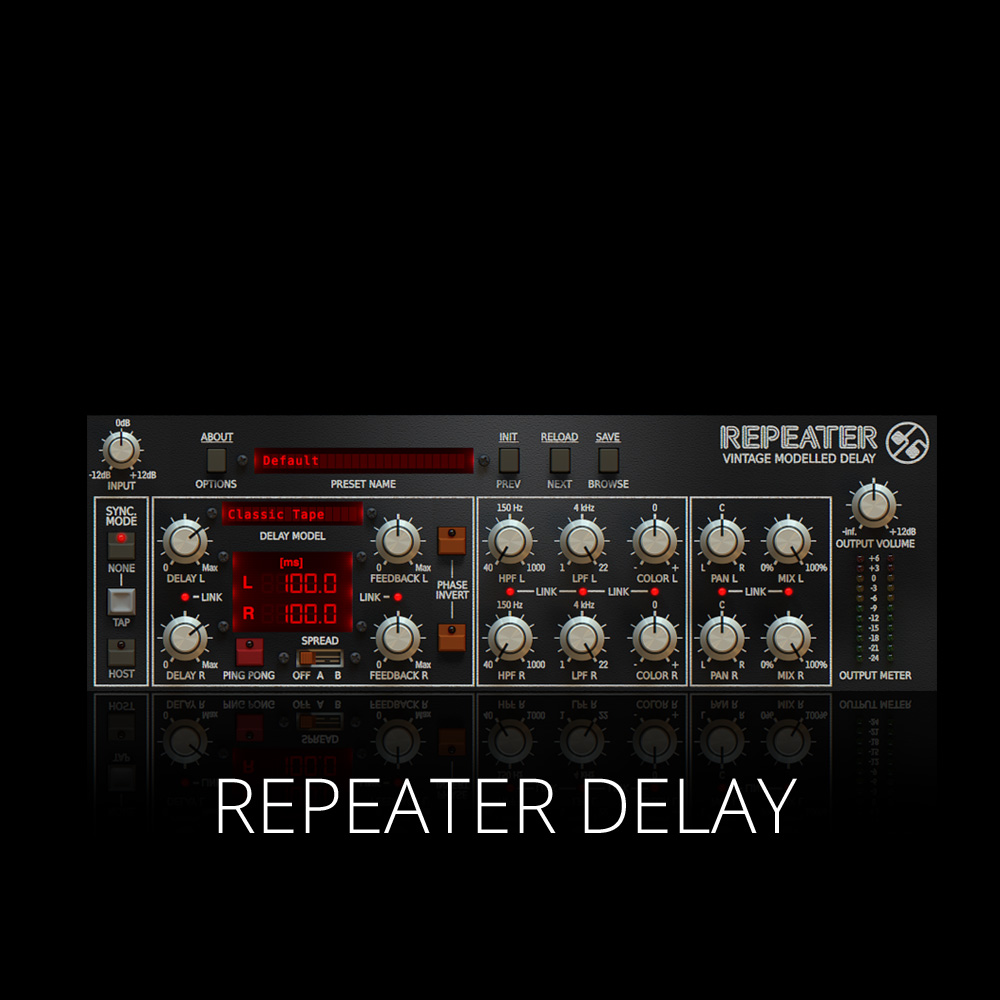

A further area of investigation relates to the interplay between the emergence of technology-centred ecosystems, as well as their orchestration mechanisms. where and when the industry and the market structures are unclear, is crucial for firms as it provides them with the ability to anticipate and adjust their offering and market positioning. The identification of convergence patterns at an early stage, i.e. Technological convergence is regularly viewed as an antecedent of industrial convergence, yet much remains to be investigated about the relationship between the two phenomena – industrial and technological convergence – as well as the sequence in which they occur. Objectives: Industrial convergence is an inevitable phenomenon that modifies the rules of industries and is simultaneously a catalyst and an outcome of the emergence of new ecosystems. Host institution: RMIT Europe, Spain | Main supervisor : Anne-Laure Mention and Božidar Vlačić New knowledge base on how organisational decision-makers and technologists can design mobile telepresence robots for collaboration purposes that ensure positive team environment and effective team collaboration.Identification and examination of features of mobile telepresence robots that are able to positively/negatively affect team collaborative efforts.In-depth understanding of how mobile telepresence robots affect team dynamics, and in particular decision making and problem solving.Methodology: Qualitative field study followed by confirmatory laboratory studies. decision-making error, speed of output) and team outcomes (e.g. How this in turn influences performance outcomes (e.g.high/low cognitive complexity, routine/non-routine tasks, and high/low uncertainty). How the use and the design of mobile telepresence robots (MTRs) influence the way a team engages in problem solving and decision making under various circumstances (e.g.Objectives: This ESR project will examine: Host institution: Aarhus University, Denmark | Main supervisor : Sladjana Nørskov Analysis of proper adoption of robotic-assisted managerial and policy implications.Development a new knowledge base on human-machine interaction models (data collection).Development of a framework for collaborative human robots in organisations.Identify the facilitators that help the adoption of new technology and the introduction of robots in organisational environments.Identify the barriers to adoption of the use of technology.Explore how technology acceptance will influence usage intention and usage behaviour and, more in general, on organisational performance.

Examine the effect of the introduction of social and collaborative robots on individual workers and, more in general, the main opportunities and challenges at the organisational level.Objectives: The work of ESR 3 will be dedicated to understanding the interaction models of collaborative robots in organisations. Host institution: Scuola Superiore Sant’Anna, Italy | Main supervisors: Andrea Piccaluga, Alberto Di Minin, Valentina Cucino and Cristina Marullo Design criteria for human-machine interfaces tailored to sensory modality and application scenarios.Characterisation of the determinants of acceptability of human-machine interfaces.Fundamental understanding of information-exchange via human-machine interfaces.Novel insights on human-machine cooperation and their effects on individual and organisational performance.This ESR project will explore and pilot novel approaches to digitise human work and their effects on individual and organisational performance. The research will explore the interaction and complementarities between automation (including social/collaborative robots) and human machine cooperation. State of the art interfaces typically are speech-based, touch-based, or vision-based or combinations of these to allow interpreting, imitating or complementing the gestures of the user. A major subsystem of a social/collaborative robot is the human-machine interface, which may be grounded on different sensory modalities to exchange information. The major change is the ability to have the robot share the workspace and tasks with humans, allowing to cooperate and act in society. Objectives: Robots are nowadays integrating capabilities which were not available in the recent past. Host institution: Scuola Superiore Sant’Anna, Italy | Main supervisors: Calogero Oddo and Arianna Menciassi


 0 kommentar(er)
0 kommentar(er)
